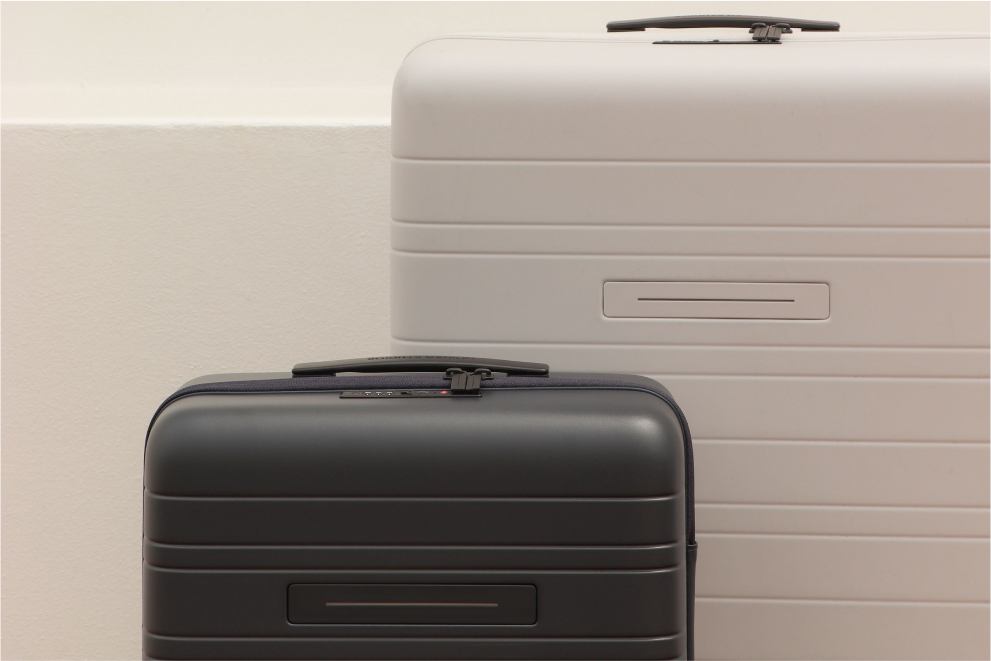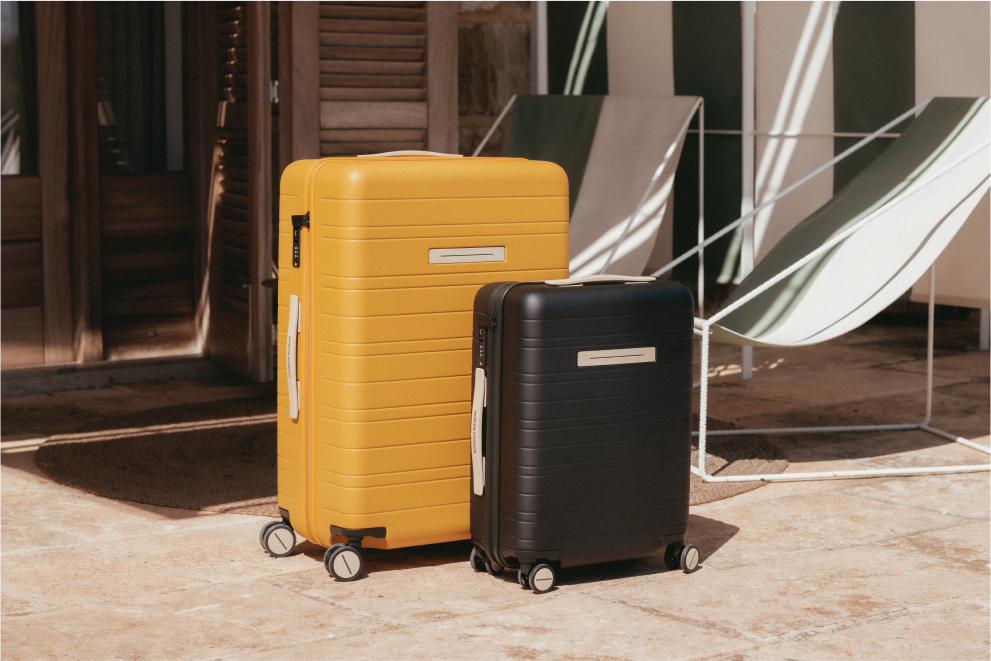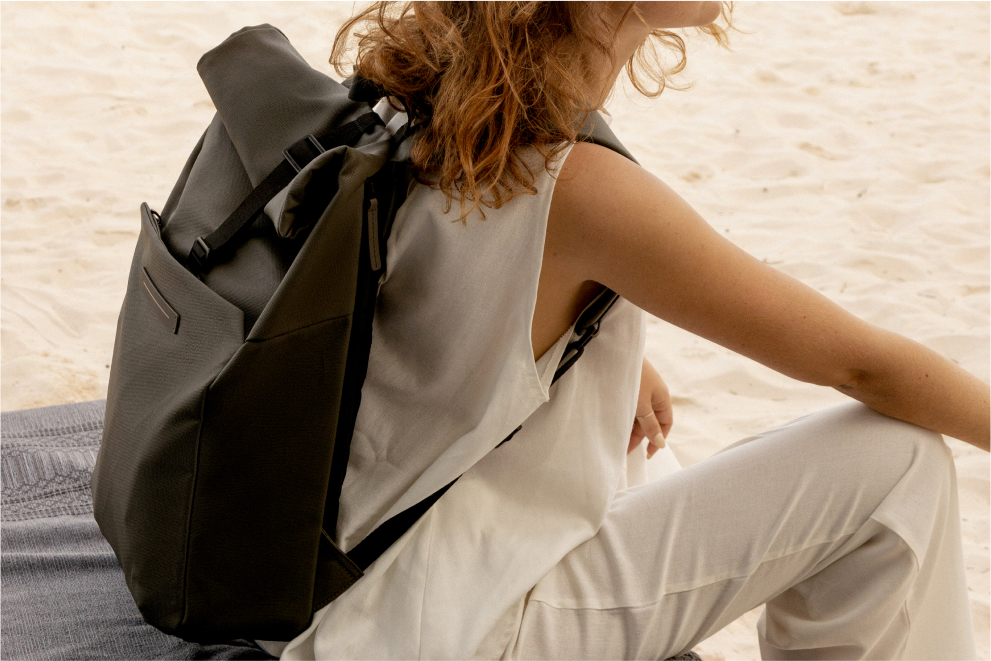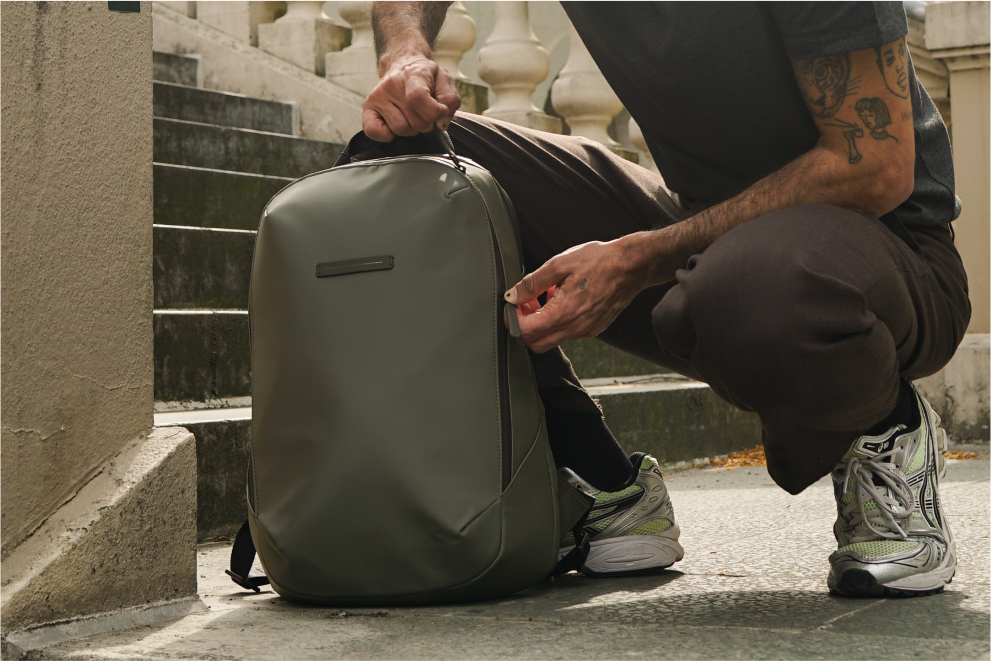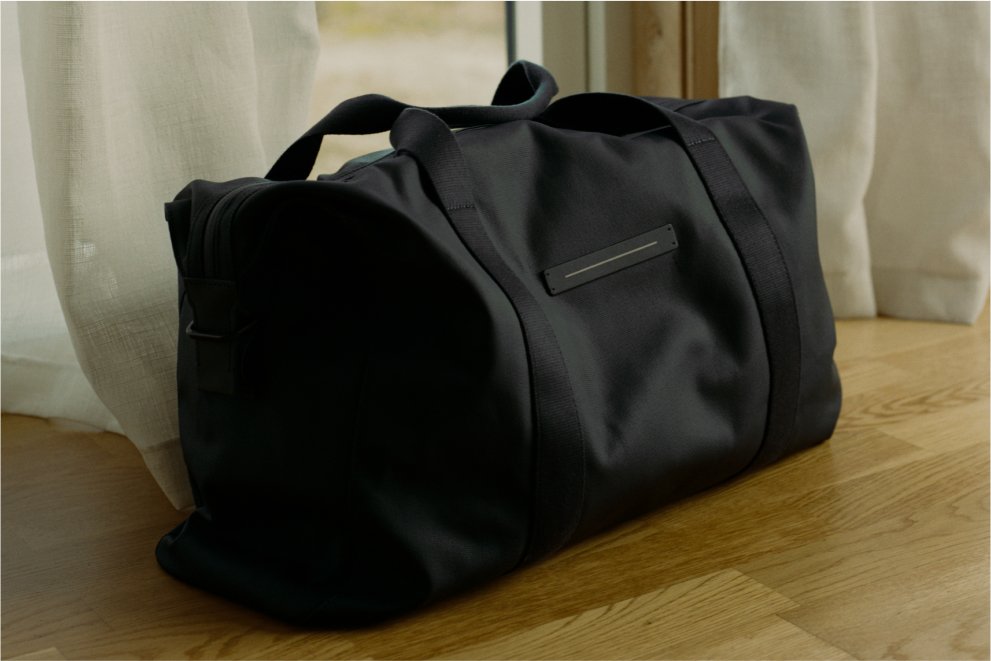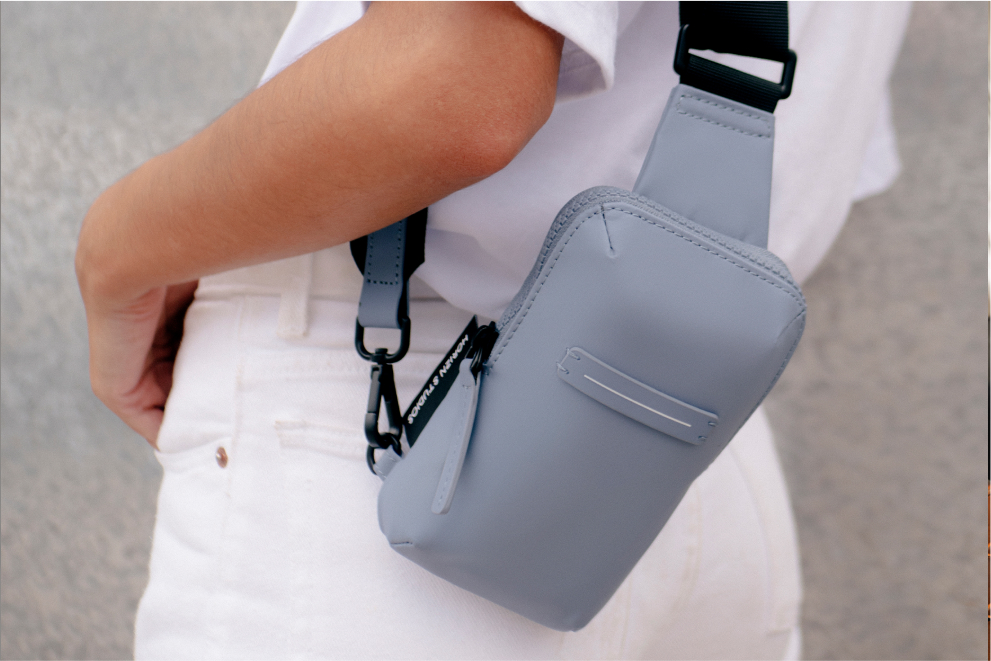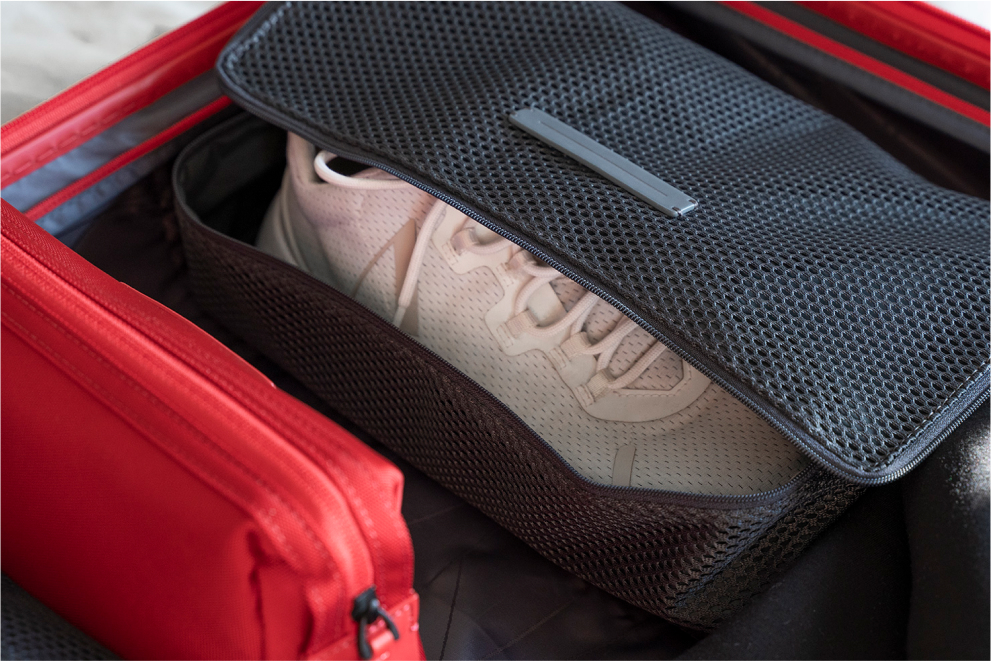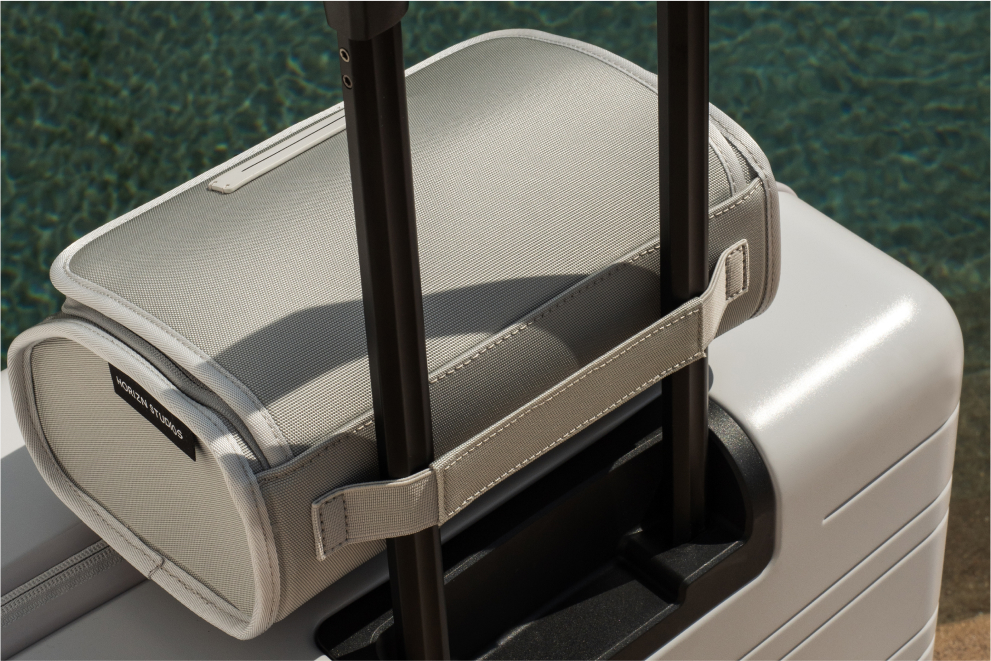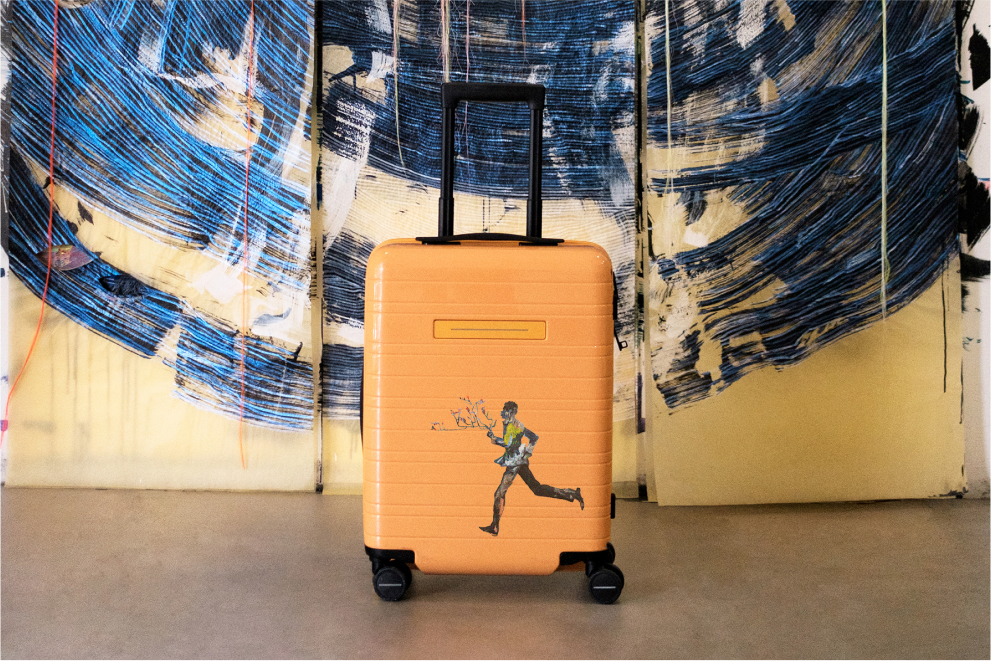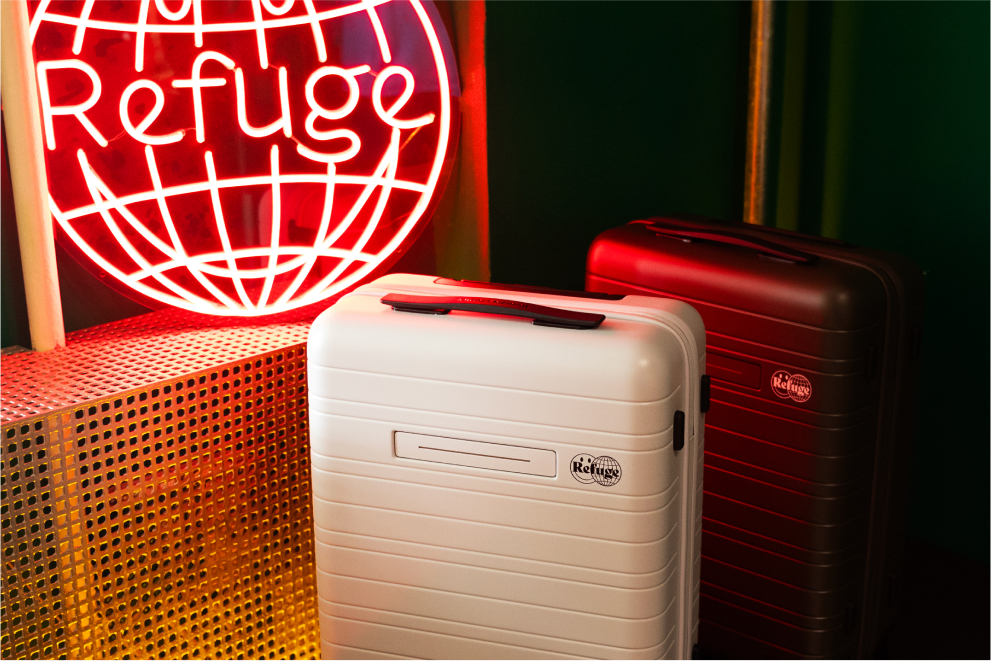Finding Beauty In The Mundane, With Nigerian American Artist Wura-Natasha Ogunji
The creative behind our new artist edition invites us into the heart of Lagos
Is there a universal quest for the right path in life? We venture into the vibrant heart of Lagos, Nigeria, seeking answers with Wura-Natasha Ogunji, the visual artist behind our new artist edition, the proceeds of which we’ll donate to women in need.
How often do you find yourself initiating interactions with strangers – extending a warm greeting or sharing a spontaneous smile – unencumbered by the fear of being labelled as awkward or, worse, creepy? For visual artist, photographer and performer Wura-Natasha Ogunji, the revelation of the beauty in such unassuming encounters came not in the US, where she grew up, but in the vibrant heart of Lagos, Africa's most populous city, which, home to almost 15 million souls, is a far cry from her former Austin abode. And yet, while Lagos may sprawl and echo with boisterous energy, Ogunji paradoxically perceives it as small and tight-knit, too – a place where individuals collectively "take care of each other".
Having settled in her father’s native country, Ogunji launched her experimental art space, The Treehouse, in 2018, in the upscale Ikoyi district, catalysing a new chapter in her oeuvre: think intricate drawings and original embroidery, where hand-stitched pieces on tracing paper intertwine with pearlescent inks and a translucent sheen. Beyond this, her artistic expression extends to masked enactments in urban environments. Her recent showcase at London's Tate Modern, participation in Sydney's Biennale and inclusion in Paris' Museum of Modern Art underscore the waves she’s making on the world stage. She also served as artist-curator for the 33rd São Paulo Biennale, where her large-scale performance Days of Being Free was first presented.
Ogunji’s drawing “The one where it’s spring” was inspired by Djibril Diop Mambéty’s film Touki Bouki, about a cowherd and his student girlfriend in Senegal who, weary of their lives, embark on a daring journey to escape to France by boat. Ogunji’'s rendition of the film's most important scene – in which the cowherd sprints desperately towards the departing boat, his girlfriend already on board, but doesn’t get there in time – symbolises not just a missed vessel but a divergence from the character’s intended trajectory. This evokes a deeper reflection from Ogunji, and sees her questioning the elusive nature of the right path in life – can we ever truly be on it? Sharing her thoughts from her adopted home of Lagos, Ogunji invites us into the intricacies that personalise the city and which have, in turn, shaped the course of her career.
You grew up in the US, with an American mother and a Nigerian father. How has your dual identity shaped you as a person and as an artist?
My mother had a radical worldview – she often questioned the world – and we grew up in a very creative environment. [Ogunji’s brother and sister are artists too.] We also had a very broad religious upbringing – my mother was raised Catholic and converted to Judaism – and learned about lots of perspectives. Having a father who's Nigerian and having then lived here, it showed me that there are different ways to be in the world. In the US, there's this feeling that you can know every part of the world, and that whatever you don't know can be translated into your own understanding. But living here and being part Nigerian, I realised that some things just don't make sense in other places. That perspective is really amazing as a person in the world, and also in my creative practice, because it allows me to try different things and to think about how they land in different places, and to expand my thinking. There's a freedom to it.
What particular differences struck you the most?
The notion that it takes a village to raise a child. In Nigeria, if a child is doing something wrong, another person – a stranger – can talk to them and ask them to stop, and the mother or father are disaffected. There's a sense that every person, even a child, is a person with friends and relationships. Whereas in the US, things are much more individual and centred around the family. Also, there's this way of acknowledging the presence of people, like saying “good morning” or “hello”, whereas in the US, it's acceptable to walk by without making eye contact – though there you've got certain privacy that you wouldn't get here.
In terms of art making, I have to think about my audience differently here: it’s much more vocal and interrogative, and there's no shared understanding of what we should be looking at. So you have to create these conversations that make sense in this context, which is really lovely. Nigerians respond to certain things that Americans don't respond to in terms of the art itself.
You studied anthropology at Stanford University in California and then moved into photography, before moving into drawing and performance art. Tell me about your fascination for anthropology. How does it inspire you and your art today?
For one, I had this sensual and aesthetic relationship to objects – their spirit and presence – but was also interested in natural materials. There's something really beautiful about anthropology in its newer radical forms – this observation of culture and outsiders. Feeling like an outsider in many ways growing up – being Black in the US, being a mixed person with a white mother – makes the things you're observing very special. There's something beautiful about being able to appreciate something from a distance, even though you're in it.
Did it also instil your passion for masks, which were often present in your early works?
Yes! I've always been really interested in masks – their transformative and spiritual power, and how they create this liminal space in a community. That also translates into how I think about drawing – that it’s a place where anything can happen and the page is sacred. Things can go in, come out, and be transformed.
Your drawings feature a lot of runners. How did your running practice inspire works like “The one where it's spring”?
I'm really interested in where running takes the mind and the body, how it ignites the surface – the beauty of the action – but also the question of how, when we're on this life journey, do we catch up to ourselves and are we on the right path? Do we meet ourselves and sometimes not?
It’s like being between two worlds again, right?
Totally. I travel a lot, so the sense of being nomadic resonates. Where am I running to and from? Why the constant movement? Sometimes, I think, it’s more comfortable. Especially as an artist, it's so good to be inspired by being in different places and meeting so many different people – it's almost too easy. It’s special because we benefit from uprooting and making connections in another place and meeting people who are our people. When you travel, you leave yourself and you find yourself, but in another form. You’re living a different life, but it's a version of you, like your friends are versions of you and you, versions of them.
In 2014, you decided to fully relocate to Lagos, after first visiting in 2011. Tell me about your life there and how it inspires your practice.
Being here is beautiful. There's this compression of energy, because we don't always have light. We don't always have water. Things can be hectic. Within these challenges, there's a compression of time and focus. I make big oil paintings, too, which is a pretty recent part of my practice, and I paint very quickly. I think it's a gift to see what's possible within such constraints, especially for creative people – what you don't have actually becomes an opening for what's possible.
I love how you see so much beauty in what some may consider chaos…
Sometimes, you're walking down the street, it's hot, it's busy, people are on their way to work or whatever. If I greet an older woman, I say, “good morning, auntie”. And she's just like, “good morning, darling”. The way she says it is so sweet and loving. There's a sense of deep comfort and acknowledgement and caring. People are hustling, but there are these moments… If you get on the bus, sometimes a stranger will pay your fare. I find that really moving because people don't have a lot and still do these very human gestures.
How do your drawings reflect this sentiment?
These magical bubbles also happen in the drawing. You can look at it and enter it. It takes you out of where you find yourself and lets you experience a moment differently. Those openings in a busy city, they're exquisite, something you’d expect to find in a village or small town.
Living in Lagos also sparked your interest in performance art, in which you embody your observations. How do you witness public life in Lagos, and where would you take us?
When I feel restless, I go to the market early in the morning, when people are still waking up. [I immerse myself in] the aesthetics, the way the light falls, the way you get on the bus. Even in a public space, somebody watches over it or wants you to pay to be in it or has something to sell. I like these negotiations: there's so much movement. It's very much a dance, a choreography, almost like you're taking a dance class.
Women, including yourself, often take centre stage in your performances. Why?
It started with my observations about labour, gender and endurance. My first performance, “Will I still carry water when I'm a dead woman”, was a solo piece, and because I'm mixed and I haven't grown up in Nigeria, I wasn't sure it would be relevant, so I included others. I also realised that the space of ritual and masquerade in Nigeria creates a really interesting opening for people. I felt like making performances that allowed women to be in a public space in a way that they didn't normally experience in their daily lives. If you're masked and part of a performance, people give you space, they move away, you know? You don’t have to adjust yourself, the world is adjusting for you, and I thought that creating these experiences of freedom for other people was really beautiful and powerful.
The Lowdown
Wura-Natasha Ogunji’s artwork “The one where it’s spring” is the centrepiece of our newly launched artist edition. All proceeds of the limited luggage line will be donated to Rolling Safespace (ROSA), a charity selected by Ogunji that provides immediate and direct aid to women refugees.
